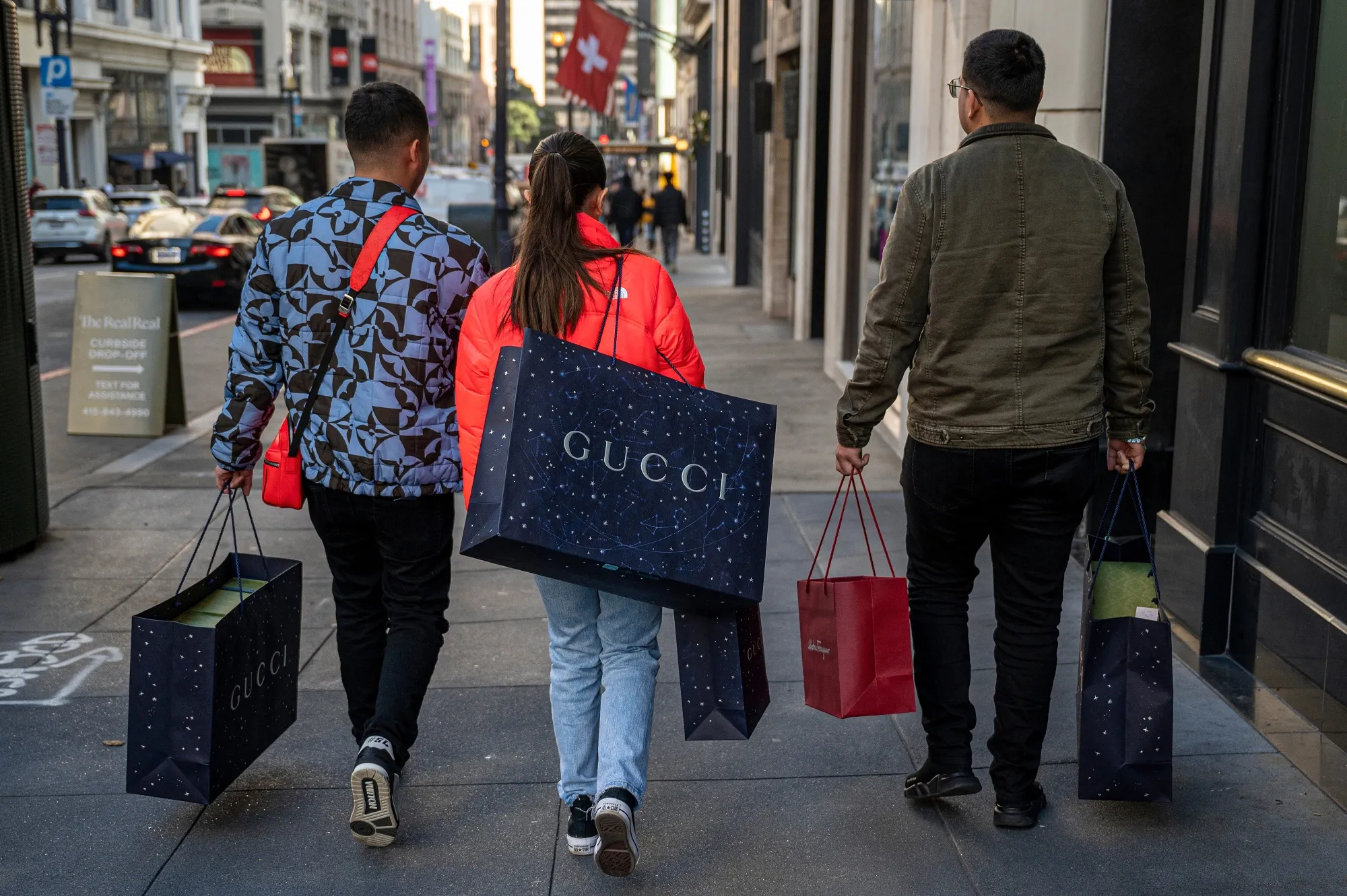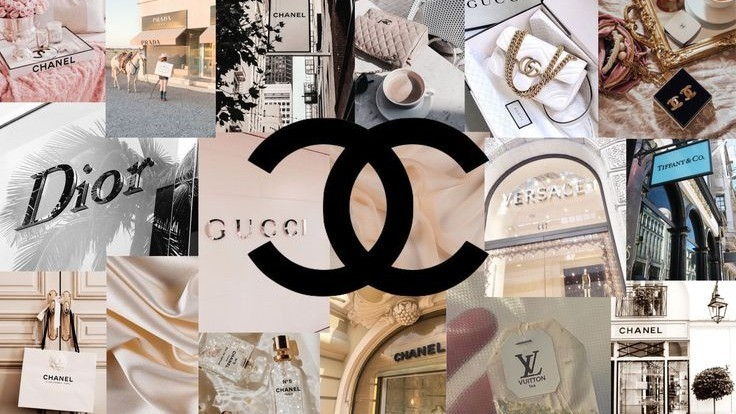As global economic conditions evolve, so too do consumer preferences—especially in the luxury sector. Once characterized by exclusivity and indulgence, the luxury market is now experiencing a profound shift. New spending habits, influenced by digitalization, generational values, and socio-economic change, are reshaping how luxury is defined, purchased, and perceived. In this article, we’ll explore the most critical shifts in consumer spending and what they mean for the future of high-end brands.
From Ownership to Experience
Luxury has always been about owning costly things historically. However, today’s high-net-worth consumers—particularly Millennials and Gen Z—are now more focused on experiences. From tailor-made travel programs to strategically organized events, experiential luxury is becoming more in demand. And therefore, brands are answering back by developing immersive, story-driven experiences rather than simple physical objects.
Digital Luxury: The Rise of Online Prestige
The transition to online shopping has reached luxury too. Once reserved for in-store experience, exclusivity now happens on digital channels in the form of targeted e-commerce, virtual fashion advisors, and NFT-supported products. This digital shift allows for brands to access the world market while also providing an element of exclusivity.
Conscious Consumerism Steals the Limelight
Sustainability is no longer a buzzword—it’s a buying decision. Today’s consumers are more aware of the ethical and environmental impact of their buying decision. Consequently, brands must embrace responsibility for transparency in sourcing, fair wages, and eco-friendly packaging. The ones that fail to adapt face the danger of being left behind by this new conscious economy.

The Impact of Rising Markets
Meanwhile, purchasing power is growing in regions like Southeast Asia, the Middle East, and parts of Africa. Those markets are reframing global luxury consumption. People there, however, seek authenticity, localized storytelling, and digital-first experience—driving global brands to localize their strategy without sacrificing brand integrity.
Investment-Minded Luxury
The second change is in the perception of luxury as an investment. Luxury watches, luxury handbags, and even digital currencies are becoming more likely to be viewed as investment products. Resale sites and authenticity websites are booming, reflecting that today’s luxury consumer is concerned with both status and retention of value.
Briefly speaking, the luxury space is transforming under the influence of shifting consumer needs and economic factors. With consumption shifting from things to experiences, from uniqueness to sustainability, and from heritage to innovation, brands themselves must keep up. Those who listen, evolve, and lead with a sense of purpose will continue to shine in the evolving world of luxury.








